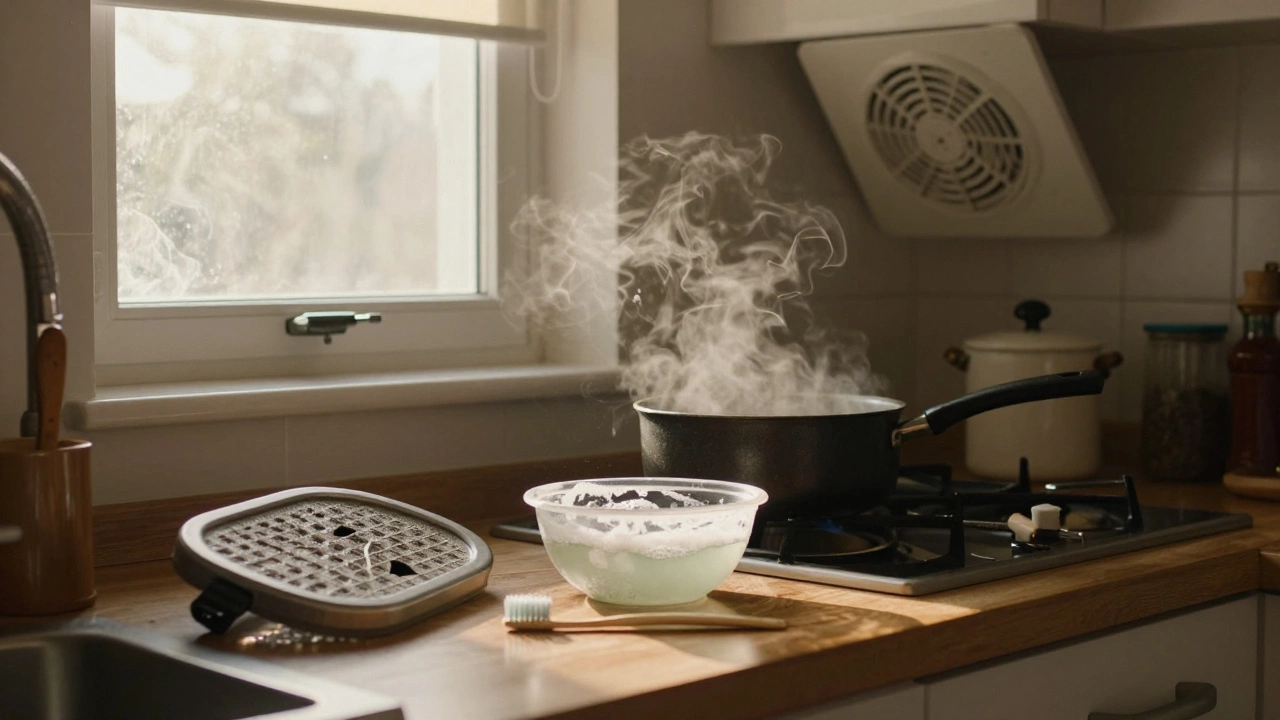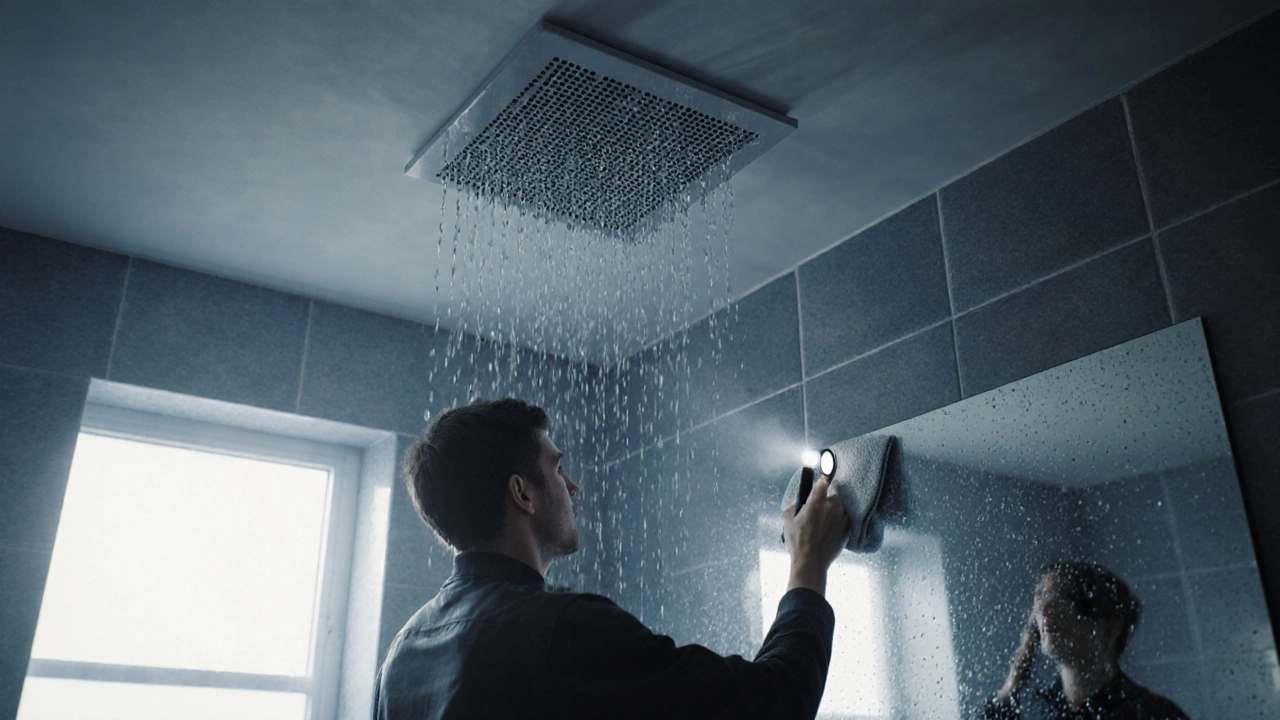- 1 Dec 2025
- Gideon Thornton
- 0
How Long Does It Take to Fix an Extractor Fan? Real-Time Estimates for Common Issues
Extractor fan repair times vary from 15 minutes for a dirty filter to 4 hours for a full replacement. Learn what causes delays, when to DIY, and how to avoid costly mistakes.



